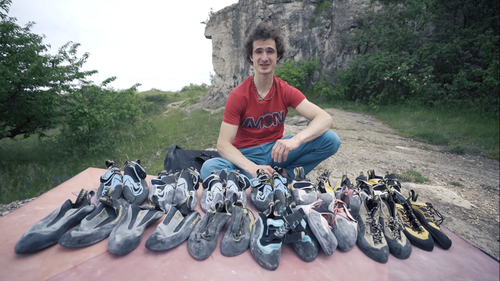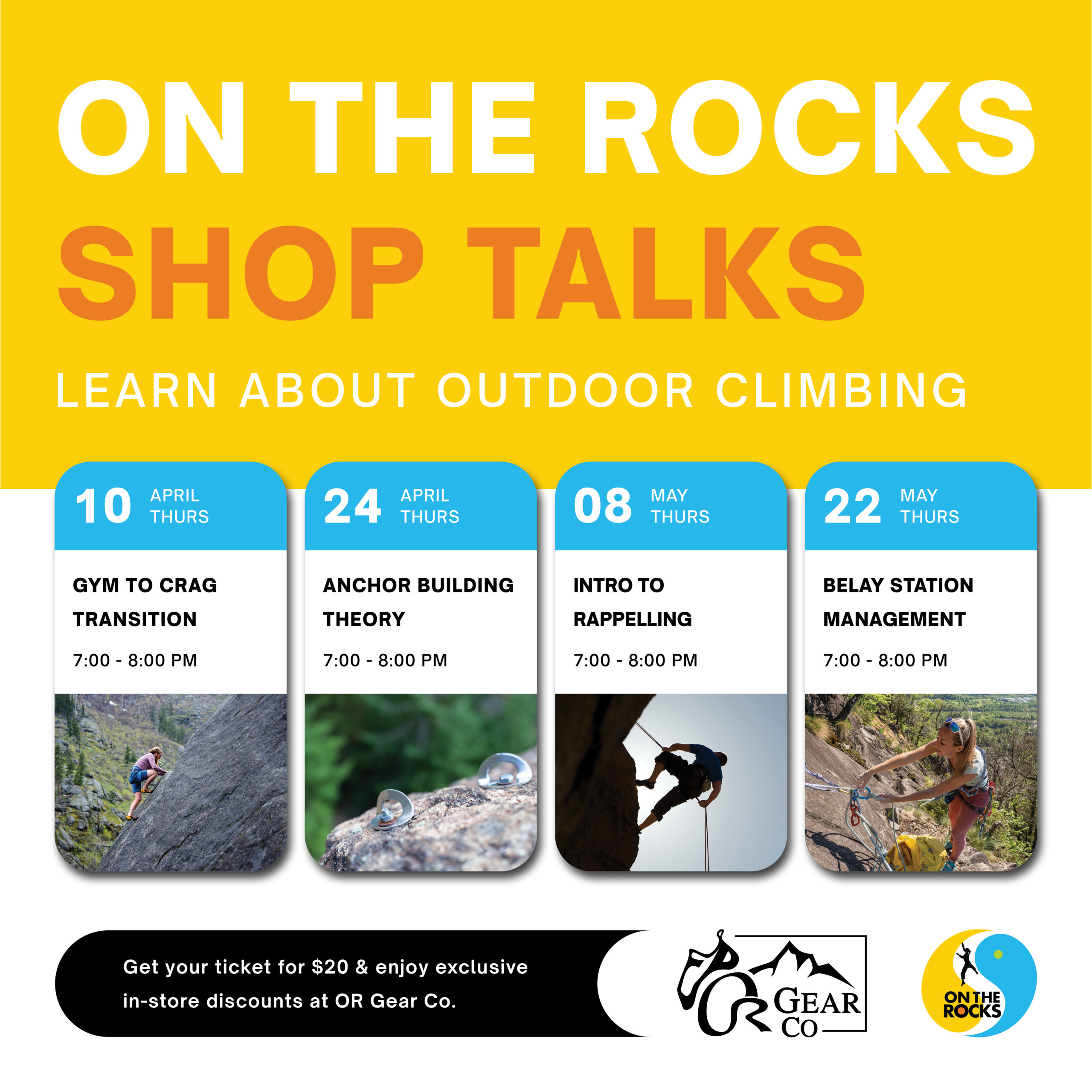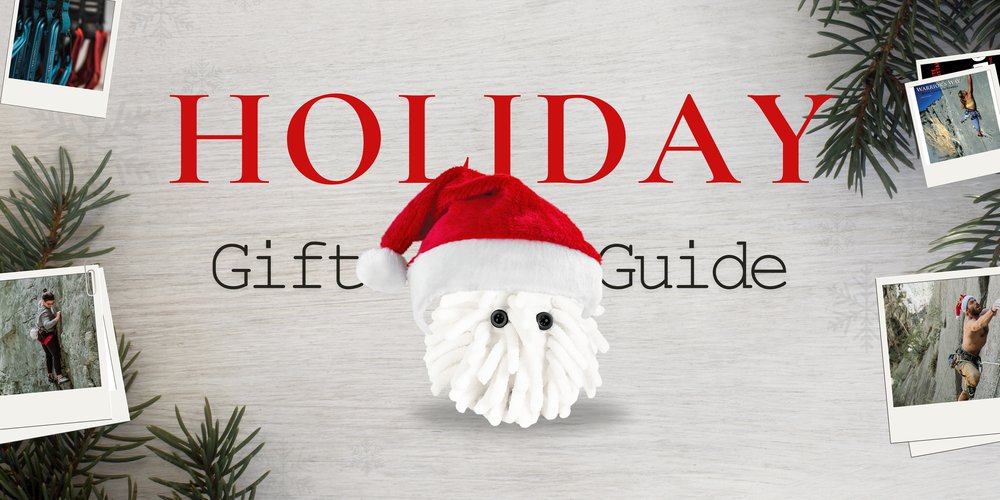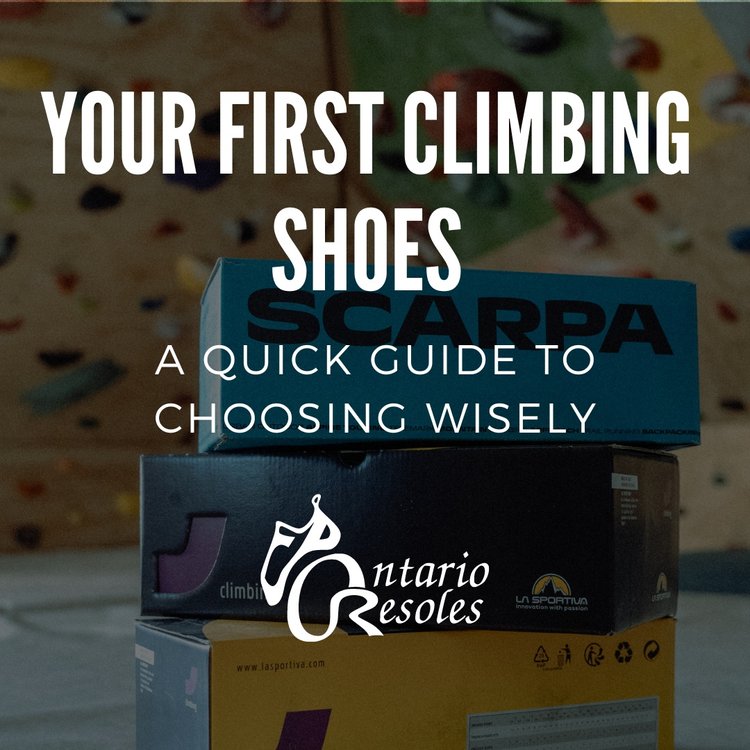Jun 13
Written By Mike Doody
Adam Ondra is without a doubt one of the best and most well-rounded rock climbers in the world. You don’t get to hold that status without a meticulous attention to every detail that can advance (or hold back) your climbing. Shoes are a rather large one of these details, and in the latest “Road To Tokyo” installment, Ondra gives us a peek into his bag of shoes, and why he has so many.
Check out the video below, and scroll through for our discussion on some of the points he brushes on.
We are always urging our customers to use our services to tune their shoes. What we mean by this is to pay close attention to the strengths and weaknesses of your shoes, and to choose/create a shoe that is best suited for your climbing. For intermediate to advanced climbers, this means choosing a specific pair of shoes (from your growing arsenal) for specific climbing areas, styles, or grades. For someone at the cutting edge of hard grades, it can mean choosing a specific shoe for a specific route, or even two different (left/right) shoes for a route.
There are many factors to consider with regard to choosing a shoe, but Ondra talks about a few important ones:
Fit
This would be the one point that we’ll counter-argue. Fitting your shoes as tightly as Ondra does is not likely to help most climbers, even advanced ones, and is not something that we can recommend. Though, it may explain his affinity for screaming…
A tight fit is good for certain styles of climbing; it stiffens the shoe and helps with precision on tiny edges. However, something worth noting about fitting your shoes so tightly is accelerated wear; take a look at 0:55 in the video, and notice how much Ondra’s toes are bulging over the edge of the shoe. This causes increased contact between the rand and the wall, and also creates local high-points on the shoe that are more prone to abrasion wear. For certain holds, this bulge can actually reduce the amount of sole in contact with the hold, and reduce grip! Tighter is not always better — more to come on that.
Stiffness
This is hugely important. If you are climbing on steep overhangs or comp-style smears, you need a shoe that will conform to the shape of holds, which means a soft shoe. If you are standing on tiny edges on vertical terrain where your feet are heavily loaded, you need a very stiff shoe.
As a shoe ages, it will tend to stretch and soften. This change in stiffness with age is why Ondra has many of the same shoe, all at different levels of ‘break-in’. This loss of stiffness can be pronounced if the shoe is prone to issues like hidden delamination between the sole and midsole, or breakdown of the midsole, both of which can be remedied through a resole. This is why shoes can often feel slightly stiffer after a resole, even with the same rubber as original.
What is not often discussed is how fitting a soft shoe too tightly can stiffen it, and change the performance. You’ll hear Ondra mention that he fits his Futuras ‘oversize’ for climbing volumes in comps. What this does is allows your toes to flex and help increase the contact area between the sole and the hold to prevent overloading the rubber. Buying a soft shoe for comp style smears won’t give you the full benefit if you fit it too tight.
Speed Climbing
Speed climbing is not about precision in the conventional sense of millimeter-precise foot placement. The movement involves a lot of smears on the wall itself, and this demands a soft and flat shoe, but not one that is fit so tightly that you lose the benefit of being able to flex/extend your toes. This is probably one of the few times you’ll see Ondra in a slipper-style shoe.
Using your bouldering-fit, ultra downturned shoes on a speed wall is just likely to result in you reaching out to us for a resole much sooner than you’d like.
Reach out to us before your next resole for personal advice on how to get the most out of your shoes!




